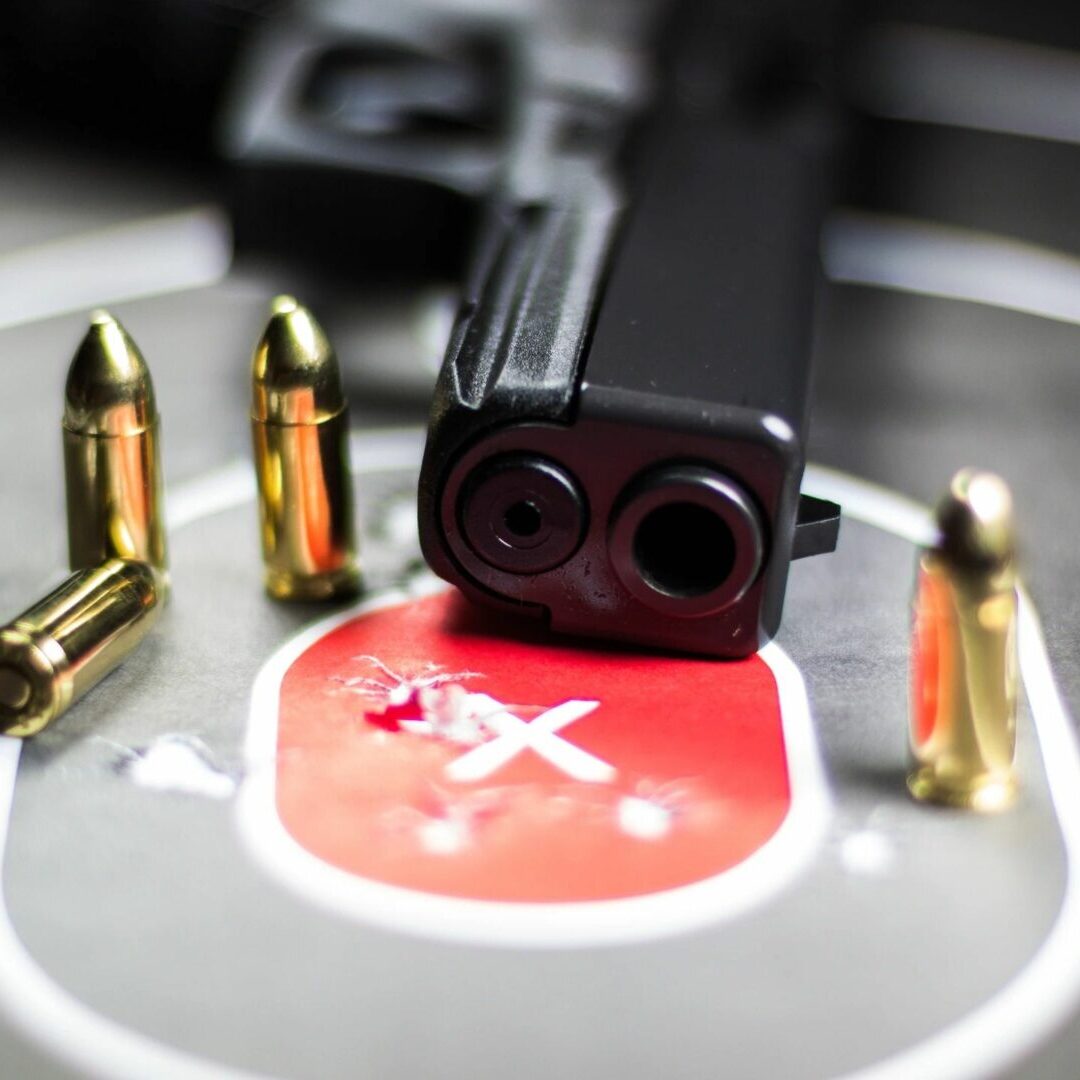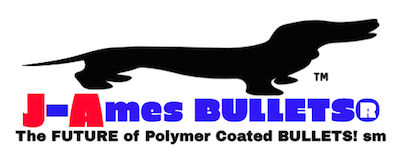It is the buyer's responsibility to educate themselves in safety standards associated with handloading ammunition. Buyers and users assume all risk, responsibility and liability whatsoever for any and all injuries (including death), losses or damages to persons or property (including consequential damages), arising from the use of any product or data, whether or not occasioned by seller’s negligence or based on strict liability or principles of indemnity or contribution.
We make substantiated real claims as to reliability, quality, safe functioning and performance of our products BASED ON THE FOLLOWING CONDITIONS:
#1 - You ordered the CORRECT diameter bullet for the slugged barrel bore size of the intended use firearm.
#2 - You don't have a fouled barrel prior to using our products.
#3 - You have loaded our bullets into a cartridge casing in accordance with our advice herein.
#4 - You are NOT shooting metal jacketed bullets with our bullets in the same barrel during a shooting session. Metal jacket fouling can cause accuracy, reliable functioning and over-pressure issues if you're using those types of bullets with any coated lead bullet in the same barrel during a shooting session.
#5 - You ARE using a decent quality barrel - your barrel is NOT damaged, scored, bent, bulged from overloading ammunition, worn out beyond use, or otherwise not in proper safe working condition.
#6 - Firearms with a compensator - Your machinist didn't swage internal rings into your barrel rifling as a result of his sloppy incompetent barrel threading work.
#7 - Firearms with a compensator - Your compensator bore diameter IS concentric with your barrel bore diameter and [at least] .007 seven thousands larger than your bullet diameter.

If you're loading our bullets in your ammunition correctly and checking all your sizes properly, but you're having trouble getting your loaded ammunition to drop fully or loosely into your barrel chamber, the reason we've seen for that is that your barrel requires a smaller diameter bullet to allow your loaded rounds to drop and make that telltale "clink" sound. With our bullets, it's not the nose shape, it's the diameter you ordered is too large. This doesn't mean those slightly tighter rounds can't be fired, it just means they will be a little tighter in the rifling chamber throat area when fully chambered. We currently offer a (.355) diameter for all of our (9/38/357) bullets, a (.400) diameter for our 40 Cal and a (.451) diameter for all of our (45 Cal) bullets which will resolve this rarely encountered issue which only exists with certain tighter tolerance barrel chambers.
We DO NOT recommend you use a (.357) or (.358) diameter bullet in any 9X19/9X21/9X23/9X25/38Super or 38Auto firearm, especially semi-automatic firearms, UNLESS that caliber firearm was specifically machined and designed for use with those two diameters.
Always safely chamber check your hand-loaded rounds in your chamber (with the barrel removed) from the firearm to make sure they fully chamber into your barrel BEFORE attempting to live fire them. NEVER load a compressed charge under a bullet. DO NOT use compressed powder charges with any polymer coated bullet we sell!
Check your fired brass for signs of over-pressure. If your primers are visibly flattened and the firing pin indentation mark is surrounded by a raised ring of primer metal, YOU HAVE A OVER-PRESSURE issue. If you see flattened primers on your spent brass casings, check your COL and powder charge weight AGAIN and reduce the powder charge weight.
All bullets from different manufacturers are differently made, so if you use a different brand of bullet with the same weight, MAKE SURE to chamber check your loaded rounds in your chamber (with barrel removed) from firearm BEFORE discharging them and make sure to check for signs of over-pressure.
Also, whatever COL length works safely in your barrel chamber may not work well in your semi-auto pistol magazine tubes. Make sure your loaded rounds feed and flow flawlessly in and out of your fully loaded magazines with the COL that safely works well in your particular barrel chamber.
If you buy .38 Super bullets make especially sure you are ordering the right diameter. Some .38 Super caliber barrels allow a .356 diameter exposed lead bullet but some require a .357 diameter exposed lead, swaged or "coated" bullet. If you fail to shoot the proper bullet diameter, YOU WILL most likely have terrible leading problems and/or a dangerous safety issue. Always slug your barrel and find out what diameter lead bullet you need BEFORE ordering bullets.
Always do a slug size test of your barrel if you plan to reload ammunition with any kind of bullet, especially one that is not metal jacketed.
You MUST use a separate dedicated taper crimp die with only a firm crimp on all of our bullets. We recommend Redding taper crimp dies. DO NOT do taper crimping and bullet seating both with one die at the same time. Use separate bullet seat and taper crimp dies. DO NOT over crimp with our bullets. Just use enough crimp to firmly tension the brass case mouth to the bullet properly as all loading books tell you to. Proper taper crimping is essential to good reliability and performance and eliminating leading issues.
Always deburr case mouths prior to loading any polymer coated bullet. This is very essential to eliminating leading issues and increasing accuracy. This is even more important when using polymer coated bullets. Our durable coatings don't seem to have any real issue with this step, but it is recommended since you are using a bullet that is not metal jacketed.
Pull a bullet out of your loaded rounds once in awhile and see how much crimping you're doing. If you see a tapered groove around the bullet bearing surface, you're using too much taper crimp. If you didn't properly deburr your case, this is when that mistake will also show as the coating will be damaged and easily seen (in some cases).
USE ONLY load data from reputable commercial propellant manufacturers. DO NOT USE load data you see commonly found on internet firearms talk forums.
ALWAYS start at the lowest charge weight and work your way up. Use the same load data for our polymer coated bullets as is used for plain cast lead bullets. Most all our R&D on all our bullets was done with Hodgon HP-38, Hodgon Clays, IMR4227, HS6, Accurate #5,7,9. Those propellants work well. Cooler burning with a fast/medium burn rate is the best propellant to use.
We recommend Lyman, and Redding case mouth expander dies because they make a gradual taper as the expander nose enters the casing. Others make an abrupt bell mouth. Only expand enough to get our bullets to enter the brass and stay there as a guide to a straight entry when the seater die starts pushing on the nose of the bullet.
The primary cause of over-crimping (straight wall cased) pistol ammunition is from brass cases that have not been properly and/or consistently length sized. The length size of your brass cases not being all the same (within two thousands) IS the primary reason for over-crimping and (inconsistent) crimp over an entire batch of loaded ammunition. Length size your straight wall brass then deburr the inside and outside case mouth diameters. Do not over crimp.
Pull a bullet with a kinetic bullet puller and see what the bullet bearing surface looks like. If any of the polymer coating is ripped off, damaged, or there is a swaged groove in the bullet bearing surface where your case mouth was, you're using too much crimp on your crimp die and/or your brass is not consistently length sized.
Always use adequate ventilation when shooting any bullet type or ammunition in any firearm in or at any location.
Most all ammunition discharge (doesn't matter who made the projectile), ammunition primer discharge, and ammunition reloading, WILL expose you and others to lead, a substance known to cause cancer, reproductive harm and brain/nerve damage in children. Use common sense and keep your body and hands washed and clean immediately after shooting firearms and before eating any food or beverage.
